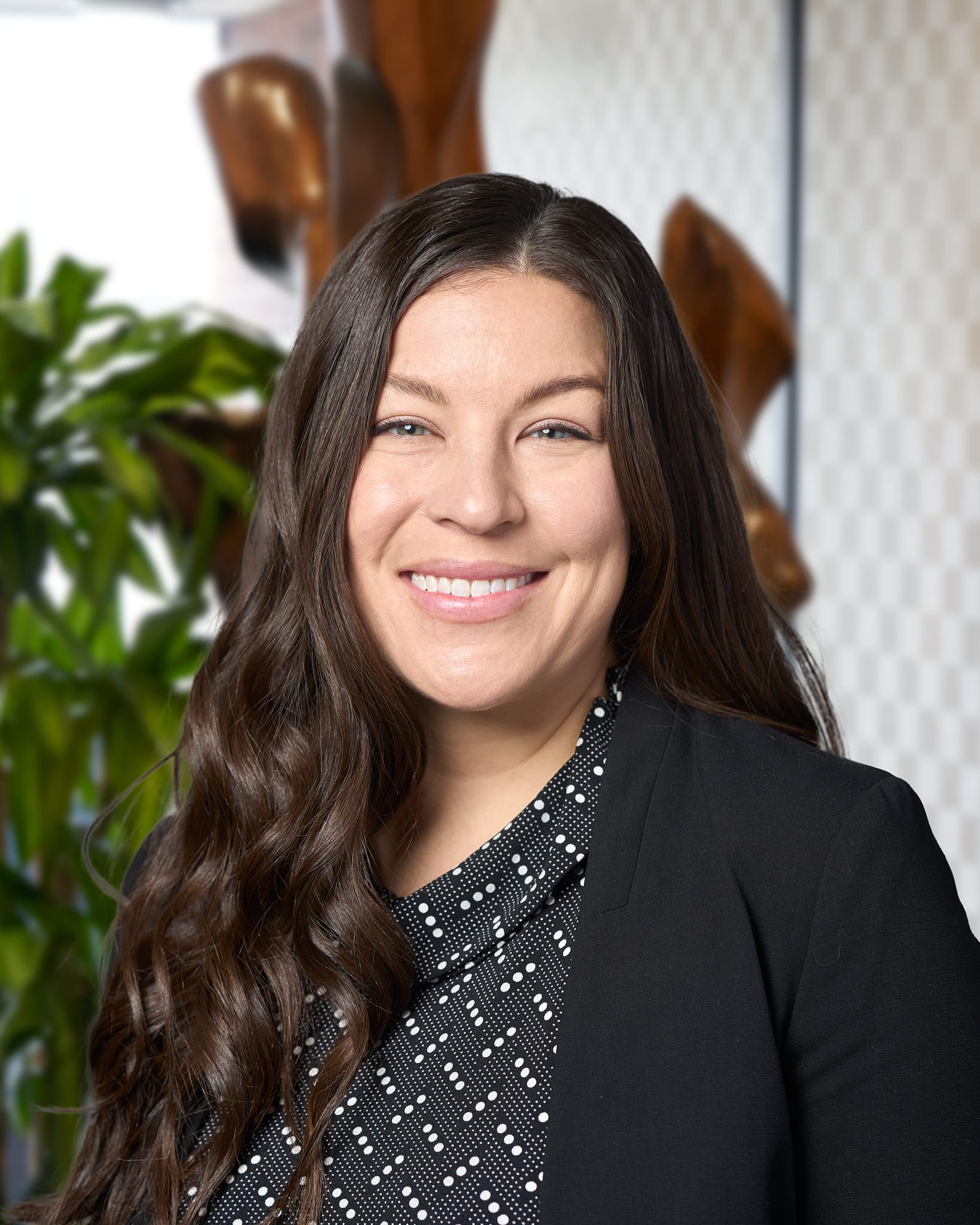
Amplifying Women’s Lethality: 2025 Military Women’s Symposium
By Sidra Montgomery, Ph.D.
As of 2023, women make-up 19 percent of the total force and nearly 18 percent of active duty personnel, serving in all military roles at all levels, even including Commandant of the Coast Guard and Chief of Naval Operations. Women serve in essential combat and non-combat missions around the world, helping to protect and defend our national security. A substantial increase in female enlistments helped the Army meet its recruiting goals in 2024, an important marker since most Military Services are coming out of a recruiting crisis in the wake of the pandemic. Women’s service is a necessary component of today’s military lethality.
The Valkyrie Project’s annual Military Women’s Symposium (MWS) brings together Service members, academic experts, industry partners, and civilians to discuss the latest research findings, innovations, and opportunities related to women in the military. The Valkyrie Project is a nonprofit organization dedicated to empowering American female Service members through a unique blend of human performance training, education, research, and advocacy.
Last year, I had the honor of participating in MWS24 as a keynote speaker and provided an overview of recent military policy updates and future opportunities related to women in the military. This year I was invited to moderate the Department of Defense Policy Environment Panel, helping to lead a robust discussion on topics ranging from gear and equipment to innovative policies from foreign partners. The panelists, who included policy experts and current Service members, offered a wealth of perspectives and insights about policy challenges and opportunities to amplify and support the lethality of women serving in the military today.
This panel was just one component of the two-day MWS25 program, which broadly addressed five core areas of challenge and opportunity to further amplify military women’s lethality:
A broad theme that resonated throughout the MWS25 program was the power and promise of data. Data is the key to ensuring that America’s warfighters stay mission-ready, operationally resilient, and equipped for success. To this end, leveraging data to enhance women’s performance, capacity, and readiness will benefit not only servicewomen but all Service members, the Defense Department, and the nation. A-G’s own Military, Veteran, and Family Center of Excellence (MVF COE) conducts research, platforms subject matter experts, and supports community engagement to empower growth within the military and veteran community.
As a researcher who has dedicated my career to this very topic, I couldn’t agree more that data is powerful. Data can and should be used as a guiding light to shape policy-level decisions that affect warfighter readiness. Forums like MWS serve an important role in bringing together stakeholders and thought leaders together to identify gaps and elevate discussions about needs and opportunities within the military and veteran community. As stated earlier, women make-up nearly 20 percent of the total force—anything that negatively impacts their service or harms their full potential hurts America’s lethality. Amplifying women’s performance, capacity, and readiness will benefit not only servicewomen but all Service members, the Defense Department, and the nation.
About the Author

Sidra Montgomery is a principal researcher at A-G Associates with over a decade of experience conducting social science research on issues affecting military personnel, veterans, and their families. Her work has been featured in national news outlets, such as NPR, and has contributed to major changes in policy and practice for military personnel at both the DoD- and Service-level that have improved military readiness. She received her PhD in Sociology from the University of Maryland.
